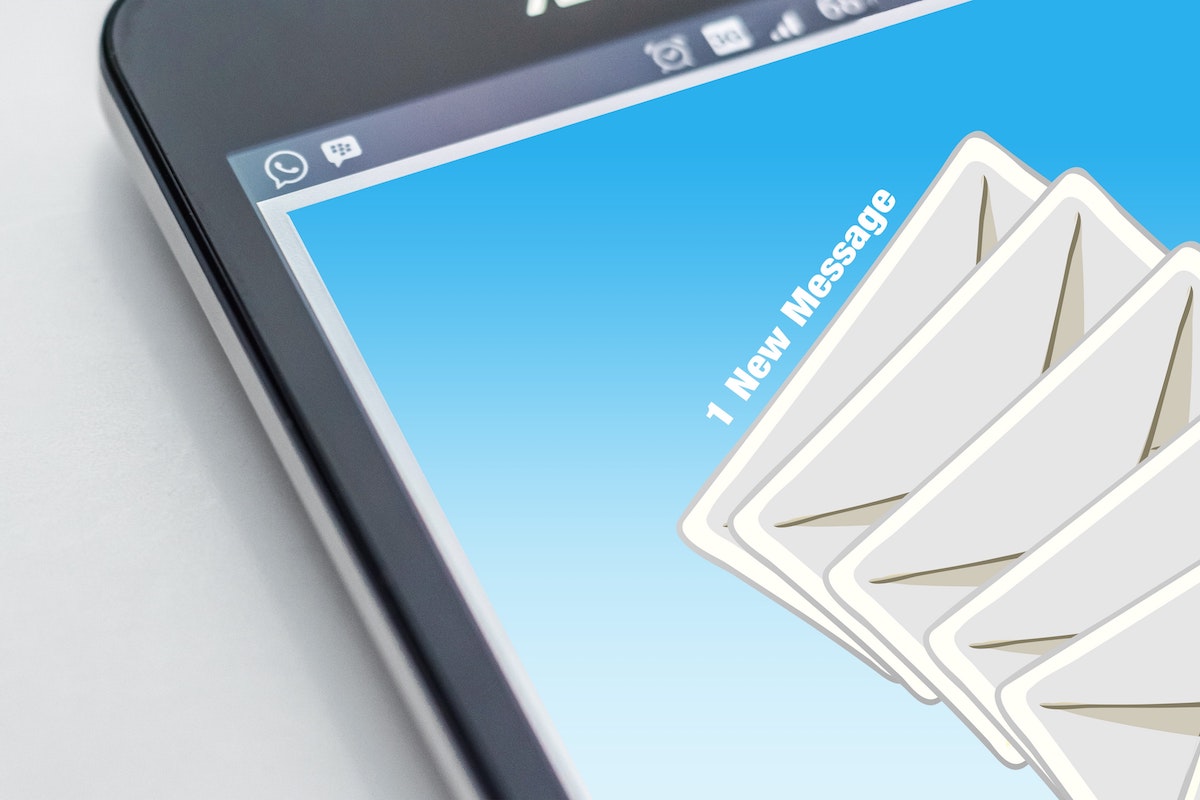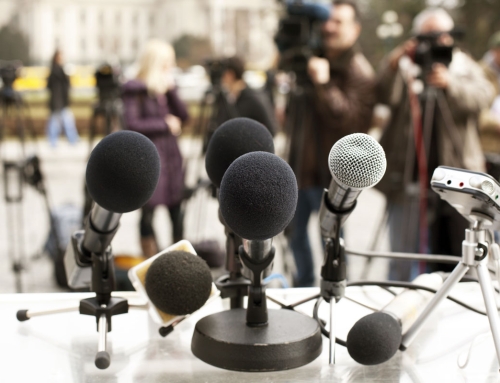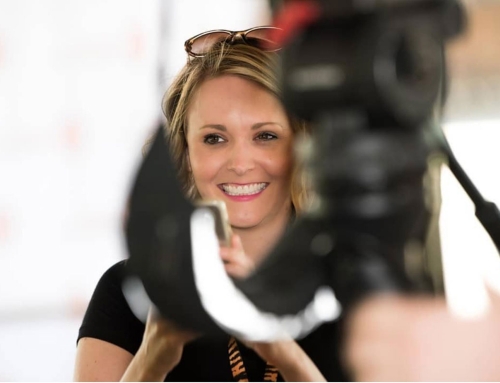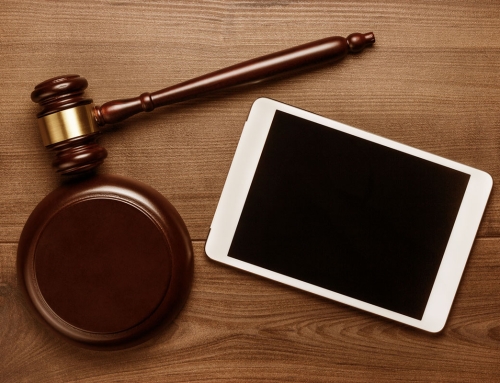Developing and fostering relationships with the media are critical. Making that connection can help make your job, and theirs, well, easier. Here are three essential tips to help you along the way:
Pitch good stories & in a smart fashion
Do your homework. Know if your story makes sense and especially whether it’s a good fit for the journalist(s) you are contacting. Make a point to figure out how you can help them.
Pinpoint their preferred means of communication. Understanding their habits and preferences helps to improve the working relationship. One study found that over 90% of journalists prefer to receive pitches over email, hands down crushing phone and social media pitches.
Didn’t hear back right away? Don’t hound them. Many journalists feel that following up once should suffice.
And don’t forget, they are people, too. Take an authentic interest in them. Let your personality shine through in your communications. And be personable. More to come on that in tip #3.
Time is of the essence
Journalists work in a fast-paced business. They face tight deadlines daily. If they reach out to you with a story idea, be quick to respond. If they offer you an interview opportunity that makes sense for you or your company, set it up immediately. Develop your key messages, review, practice and walk into the interview knowledgeable and prepared. Go above and beyond. Your timely action and informative insight can help get you on their radar and build your credibility. In turn, it can potentially make you a reliable, go-to resource down the road.
If you can’t help with an opportunity, honesty is the best policy. Explain why. Remember, like any relationship, trust is a key component and it is built over time. So, be genuine.
The power of the pen
We live in a digital age where quick communication in the form of emails and texts are the norm. Handwritten notes are becoming a rare commodity. It’s a shame in some sense, but it’s also an opportunity.
Think about it: Nothing quite compares to the feeling you get when you open your mailbox to find a card honoring an occasion or a note just because. It’s not another bill, direct mail piece or coupon book. It is, however, a reminder that someone went out of their way to think about you and show that they care. Handwritten notes have a way of making you feel, well, special. They are also a unique way to set yourself apart from others in the business.
Keep that in mind when developing your media contact list. Find out their birthdays. Note them on your calendar and be sure to send a card in advance. Following a media opportunity, write thank you note to the person (or people) who helped to make it possible, whether it’s the person who lined up the opportunity, a reporter or photographer.
Did a journalist you work with receive an award or promotion? Send a congratulatory note. Find these opportunities to build and reinforce the relationship.
Sometimes the simplest of gestures can have the biggest impact. Snail mail is personable, thoughtful and memorable; it has the power to go a long way in forming relationships.
Escaping the digital trap door of modern media relations is a tough go. Don’t get stuck in an endless loop of one-off emails. And, when phones and computers may get the best of us, remember:
“People do business with people because they choose to, not because they have to. We can always find others doing the same thing or selling the same product; it’s the personal connection that makes the difference.” — Nader Cserny
Make a journalist’s job easier; pitch compelling stories and become a reliable resource in your industry. And don’t forget to keep writing those cards and letters.








